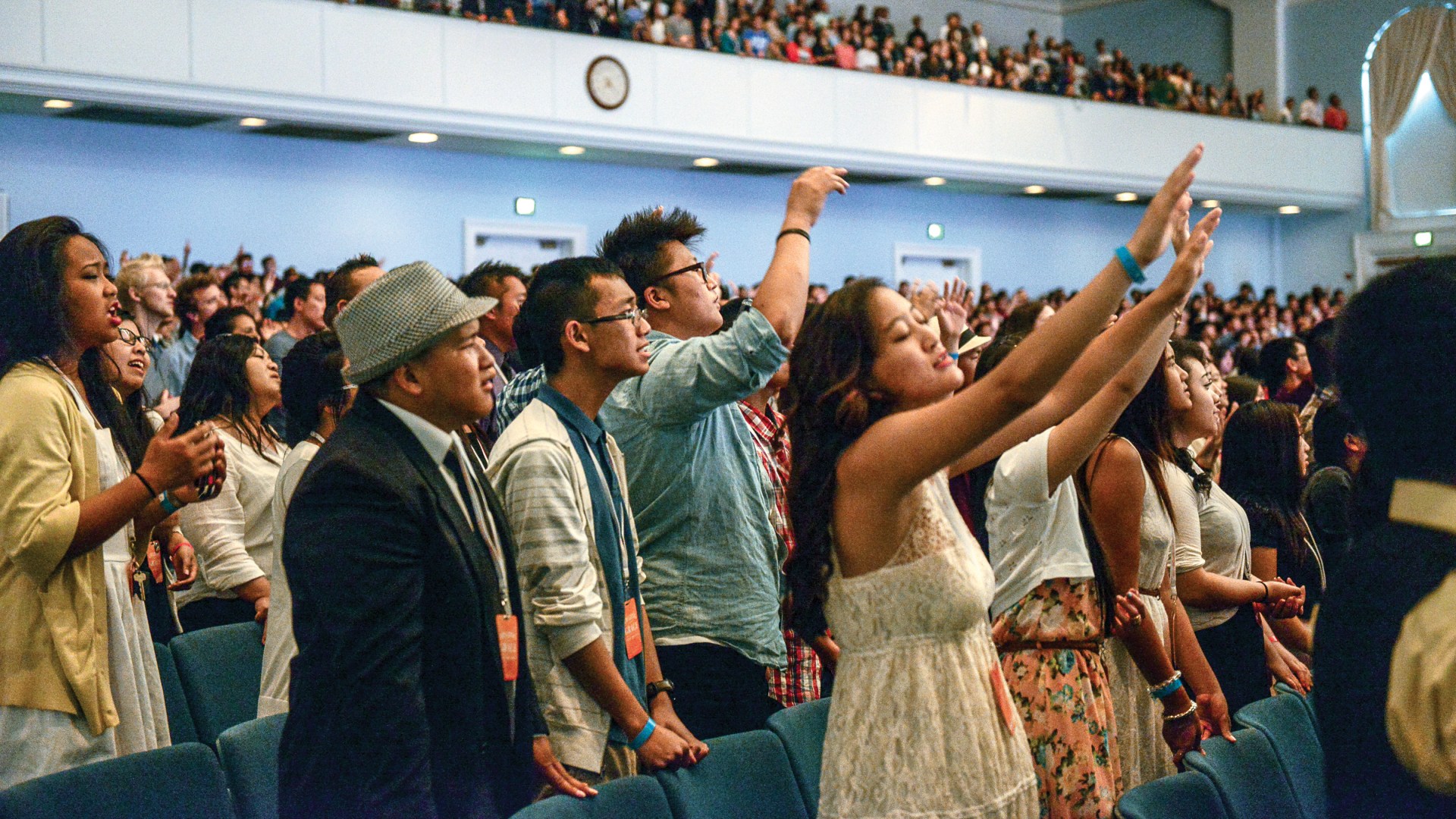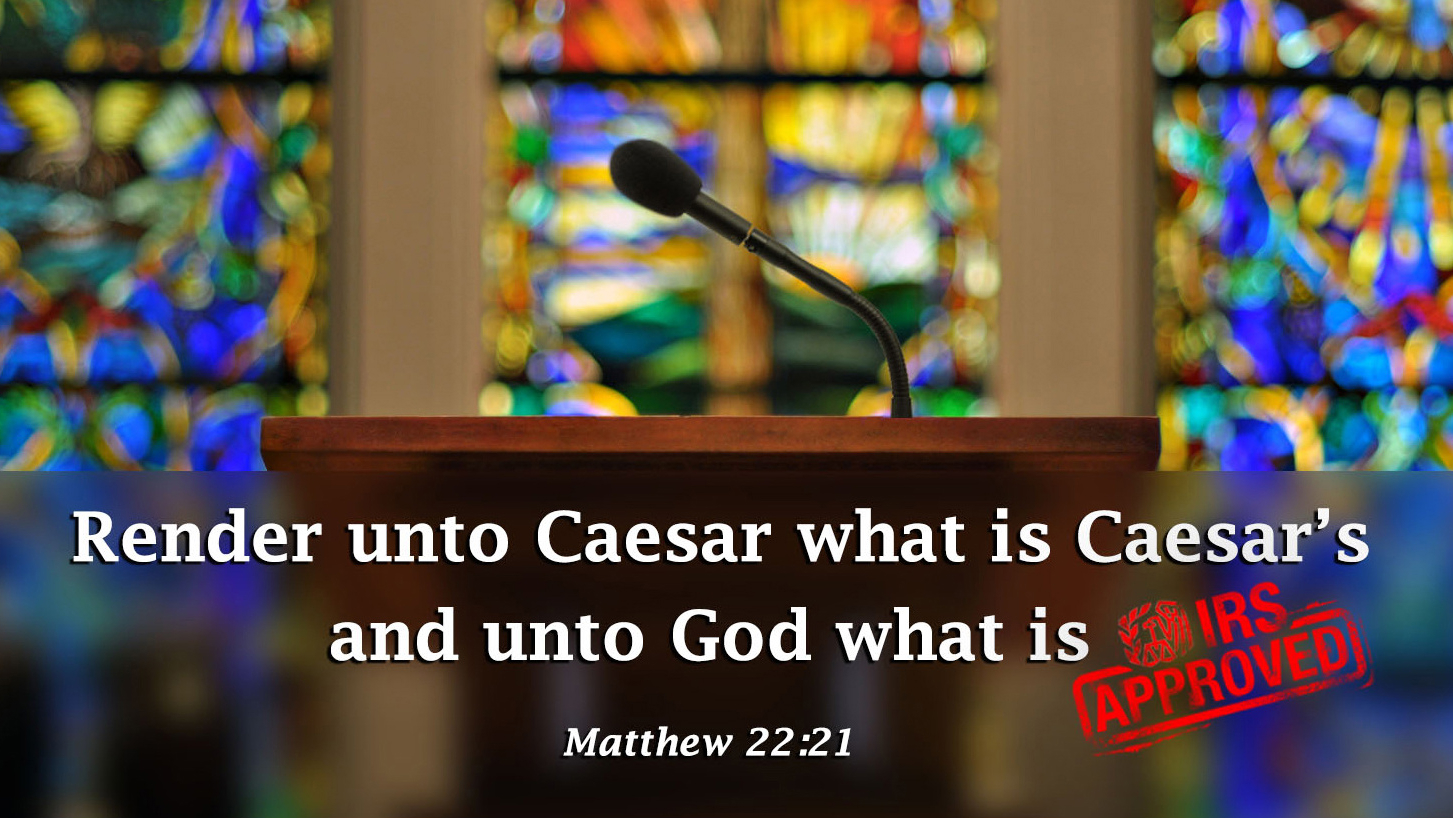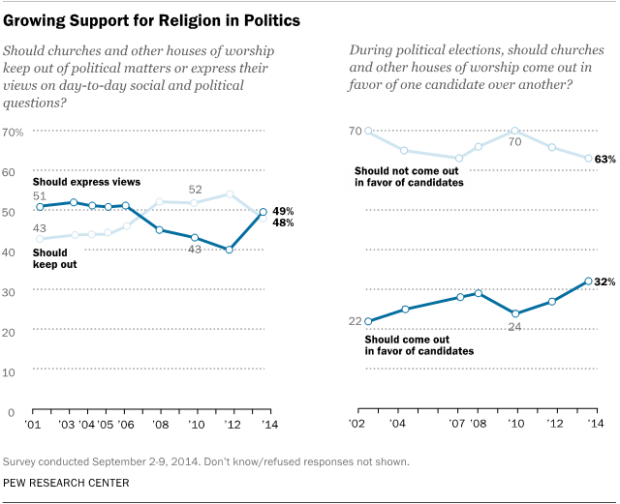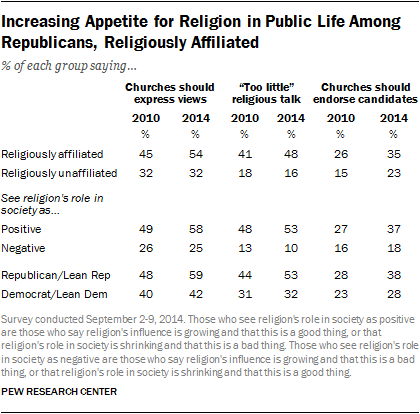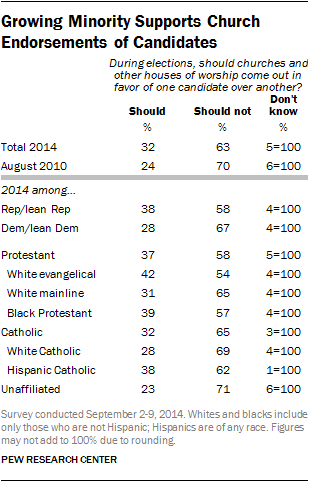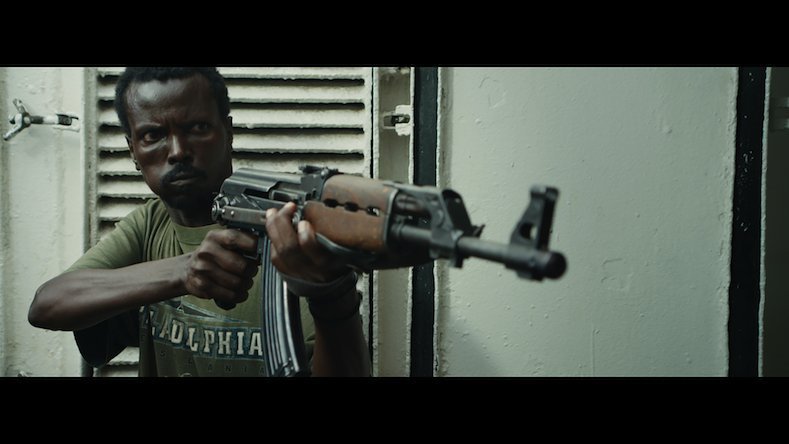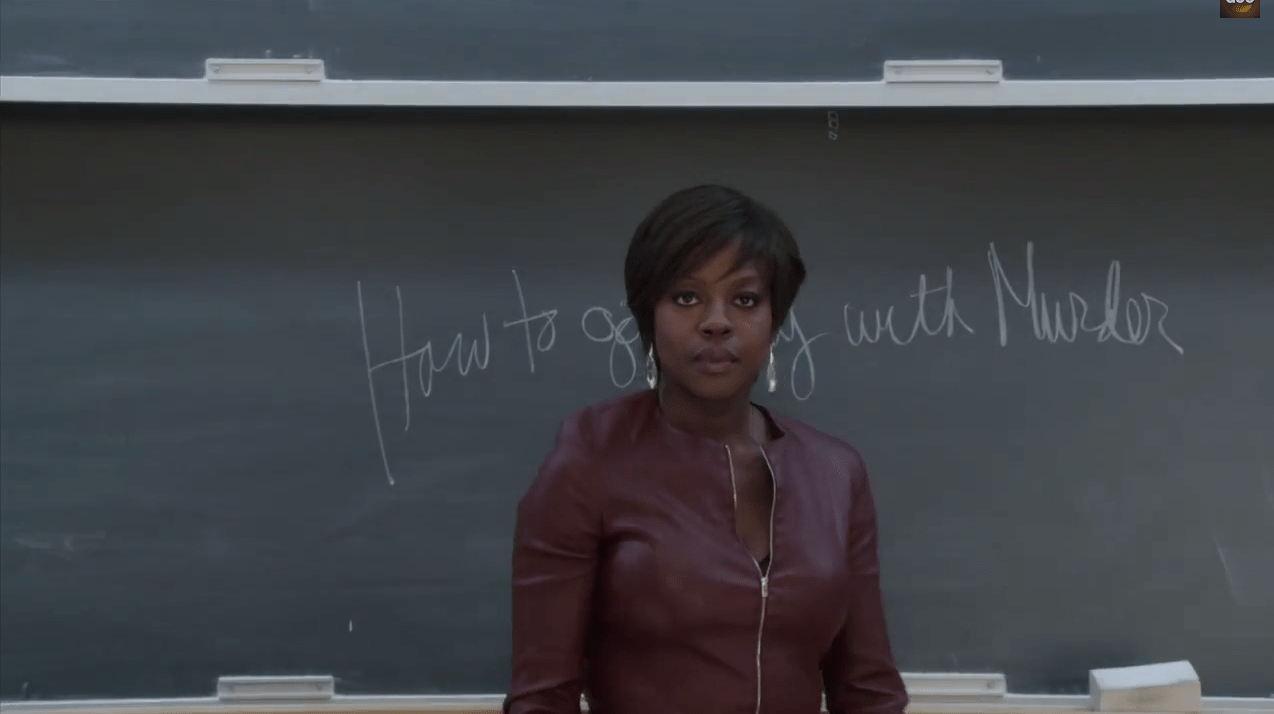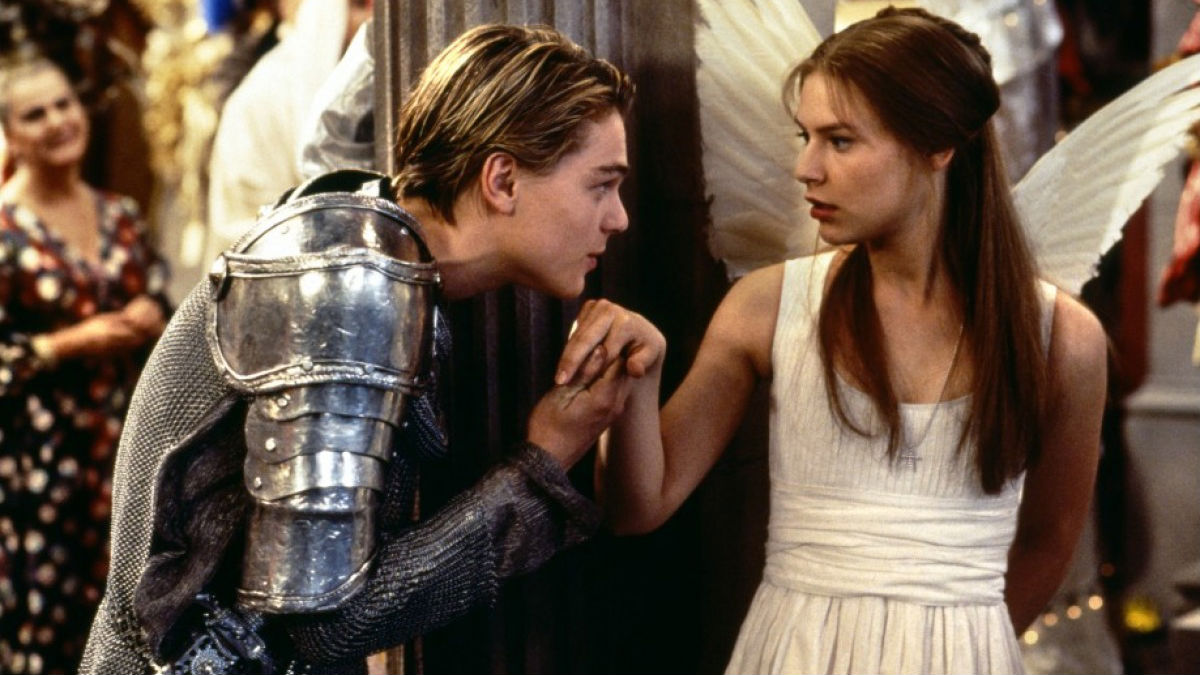Peter Hong raises his voice to the congregation he pastors in Logan Square, a mixed-income neighborhood in Chicago. “Your entire debt is paid in full!” he shouts, as “Amen!” and “All right!” echo back from the pews. As he bounds across the stage, his red-checked shirt untucked over jeans, he exudes enough energy to fill the cavernous, high-ceilinged Seventh-day Adventist church that New Community Covenant rents on Sundays.
The pews are packed full, with a multiethnic, multigenerational gathering that includes more than Hong’s fellow Korean Americans. Hong is 44 but brims with youthfulness as he displays his own brand of impassioned preaching, a firebrand of grace. But then the tone of the service shifts as Hong jumps off the stage and confesses without pretense: He is bone-weary from more than 12 consecutive years of ministry. Congregants return the flow of grace, pouring down the aisles in droves to surround and pray for him.
One of the people who approaches Hong is Trinity Evangelical Divinity School professor Peter Cha, who has mentored countless Asian Americans as an educator, pastor, and former staff member with InterVarsity Christian Fellowship. Decades ago, Cha doubted that Asian Americans could have this kind of influence in the broader church. “In the 1990s, Asian American pastors were asking, ‘Can an Asian American ever serve as lead pastor of a multiracial church?’” says Cha. “Now as we see the example of pastors like Hong and many others, we can laugh at the absurdity of that question. But back then it was a genuine concern.”
It’s still possible to miss the ways Asian Americans are shaping American Christianity. With just a few exceptions, Asian Americans rarely headline major conferences, attract media attention, or top Christian publishing’s bestseller lists. But thanks to their bicultural heritage and the particular challenges it brings, Asian American Christians are finding they have unique voices and gifts that allow them to connect with both non–Asian American audiences and segments of the church that no one else can reach.
A Broader Call
From the tonal Chinese spoken all around you as you walk into the modern, yellow-hued building of Bay Area Chinese Bible Church (BACBC), you might assume that you’d crossed an ocean to get there.
In fact, BACBC, right down the street from Oakland International Airport, began as a ministry to English-speaking Chinese Americans in the 1950s. It then developed a ministry for Cantonese-speaking immigrants from Hong Kong, and added a service six years ago for migrants who speak Mandarin (as well as another campus). Every Sunday it attracts more than 1,000 attendees spanning multiple generations, languages, and cultures. Yet its senior pastor does not even speak Chinese.
Steve Quen is a fourth-generation, American-born Chinese whose father fought for the United States in the Korean War. Quen draws on both Western and Chinese culture to manage his culturally complex congregation, which he has attended for more than 40 years and led since 1997. “Here in the Bay Area is a huge unchurched Asian population. Who is reaching them? Not all Asian Americans are going to feel comfortable in an Anglo-evangelical church,” Quen says. “Our church can reach a Chinese American’s whole family, from his grandparents, to his parents, to himself and his kids.”
On the opposite coast, Jeanette Yep serves as global and regional outreach pastor at 66-year-old Grace Chapel in Lexington, Massachusetts. She is the first American-born Asian American pastor on staff at Grace, which has moved over the past decade from being majority-white to one-third multiethnic. Yep represents a growing number of Asian American pastors who are called to staff prominent, historically Anglo churches.
“For Grace Chapel as a whole, I present as an Asian American pastor who loves God and his world,” she says. “My ethnicity is part of who I am. I’m aware that I’m Asian, and I’m not ashamed of it. I hope the younger folks in the congregation begin to think that having folks on the pastoral staff who look like me and who love God and his world is normative and right.”
Just as churches like Grace seek to diversify their leadership and congregation, many churches that began with a clear Asian American focus now sense a broader call. Several years ago, Lighthouse Christian Church, a pan–Asian American congregation in Bellevue, Washington, began to focus intentionally on its neighborhood—fully realizing that doing so would change its ethnic composition.
Jackie Siochi, a 46-year-old white stay-at-home mother whose family happened to visit a Lighthouse fall festival, became a Christian at Lighthouse five years ago and is now a lay leader. “The first time I came here, I was sitting in a room full of Asian American strangers, but I felt so comfortable,” she says. “Everyone wanted to serve me, bring me a cup of coffee, and get to know me. I was so welcomed.”
Lighthouse associate pastor Nancy Sugikawa believes Asian cultural values such as hospitality and a strong family atmosphere are attractive no matter one’s background. “Our church no longer makes reference to focusing on any cultural group,” says Sugikawa. “But if we are going to . . . share the burdens of those from very different socioeconomic and ethnic backgrounds, we are going to be stretched. And God is preparing us for this.”
Cross-Cultural Connection
David Choi, 39, is another leader well prepared to be “stretched.” Church of the Beloved, which Choi planted in 2012, has already expanded to two locations in Chicago and a third in Seattle. Visitors to the city center Chicago location might assume it is pan–Asian American, but half the attendees are internationals, representing at least 25 countries.
“I had to navigate two cultures growing up,” Choi says. “There is not a single Asian American who didn’t have to do that. So I can put myself in the shoes of people who are in different cultural contexts and demonstrate that I value their context and culture. Then they become so open to the gospel.”
I witness the fluidity of Choi’s cultural competency one summer evening on the campus of Wheaton College. As I sit in Edman Chapel, I’m surrounded by more than 1,500 amped-up Hmong American youth. The Hmong are an ethnic minority group in Southeast Asia and China who immigrated to the States in the 1970s and ’80s to escape political persecution. Many of their now-teenaged children are here in force at the biennial HLUB (“love” in Hmong) Conference, sponsored by the Christian and Missionary Alliance. Choi is warming up the students, shouting newly learned phrases such as Koj zoo nkauj! (“You are beautiful!”) alternating with Korean words. “Kimchi!” he yells, and the crowd roars in laughter. “How do you know Korean?” Choi asks, amused. “Korean dramas?” He gets an even bigger cheer.
Cross-cultural connection established, Choi exegetes the parable of the Prodigal Son, tells stories about growing up Korean American, then gives a simple altar call. The response is like nothing I’ve ever seen. Hundreds and hundreds stand, creating a traffic jam of teenagers waiting to meet with counselors. Of course, it’s the work of the Holy Spirit. But I can’t help thinking that Choi’s heritage is one gift the Spirit is using to move so powerfully this particular night, among youth you’d rarely find in an Anglo-dominated evangelical setting.
The Perpetual Foreigner Syndrome
Asian Americans’ multicultural competence is rooted in the pain of marginalization. The “model minority myth” perpetuates the idea that Asian Americans are a well-educated, high-achieving, perfectly assimilated monolith. In reality, you’d be hard-pressed to find an Asian American who hasn’t felt at some point like an interloper in his or her own country.
Marie Yuen, an American-born Chinese writer, recalls the moment in kindergarten when a blonde-haired, blue-eyed classmate wanted to tell her a secret. “She said to me, ‘The secret is, you look funny! With your black hair and your pointy eyes! I bet your mommy and daddy talk funny, too. I bet it sounds like ching chong chong Chinaman chink!’
“I used to love my long, black hair, but that night, my mom cut my hair short so I could never be teased about it again,” Yuen says. For most of her adult life, she has grown her hair to waist-length or longer, a symbolic defiance of the hurt she weathered as a child.
Such experiences are as frequent in church contexts as in schools. Drew Yamamoto, a Reformed Church in America pastor, remembers preaching in the Midwest to compliments, but not the kind he hoped for. “One white man said to me, ‘You speak English really well.’ I answered back, ‘You do too.’ I’m a third-generation Japanese American. People would ask me where I was from, and I would tell them San Francisco. They would ask what nationality I was, and I would reply, ‘American.’ Which would frustrate them!”
In his book Yellow: Race in America Beyond Black and White, law professor Frank H. Wu describes the “perpetual foreigner” syndrome, confirmed every time Asian Americans are asked the seemingly innocent question, “Where are you really from?” Wu writes, “More than anything else that unites us, everyone with an Asian face who lives in America is afflicted by the perpetual foreigner syndrome.” White Americans—even those with a more recent immigration history than Asian Americans whose families have been here for generations—are generally not subject to the same line of questioning.
North Park Seminary professor Soong-Chan Rah remembers speaking with a group of white seminary professors visiting the host church where his congregation met on Sundays. When Rah invited the professors to stay for worship, one of them quickly replied, “Oh, I can’t stay. I only speak English.”
“Why did he assume the service was going to be in Korean after a half-hour conversation with me in English?
“He assumed . . . this is where I belonged, as an immigrant pastor leading an immigrant congregation speaking a foreign language,” says Rah. “It’s a common experience of marginalization that Asian Americans have in the church, to be viewed as foreigners and outsiders.”
Speaking As One Voice
Most Asian Americans have learned to gracefully tolerate these misconceptions. But such ignorance has taken on a more institutionalized form all too frequently in recent years, expressed in Christian books, conference skits, curricula, and offhand comments in social media that have perpetuated stereotypes, sometimes quite crude, of Asian Americans.
Responding to these repeated offenses, a group of Asian American Christian leaders released “An Open Letter to the Evangelical Church” in October 2013. (Full disclosure: I was one of the original organizers of the effort.) Initially signed by 83 leaders from East Asian, Southeast Asian, and South Asian backgrounds, the letter represented a wide range of ages, professions, and theological persuasions. More than 1,000 people, including many non–Asian Americans, have added their signatures, reflecting a collective frustration at Asian Americans being treated as outsiders and foreigners in the church.
“The Open Letter was so crucial,” says Jerry Park, associate professor of sociology at Baylor University. “Asian American evangelicalism had been playing along with white evangelicalism for several decades. Why don’t we have more of a presence at the table in white evangelicalism? As our nation continues to diversify, white evangelicalism is not becoming diverse. If you look at all the institutional influences in evangelical Christianity—the media, publishers, political presence—it’s almost entirely white.”
Kathy Khang, another initial organizer of the Open Letter, sees it as a key moment of public identification. “To have people sign, to put down their names, to identify who they are and what they do—it was a moment in our Asian American evangelical history to say, ‘We are a very diverse community, but together we care deeply about the marginalization that is going on.’ It was unbelievable to finally speak as one voice into the church that we love.”
The Open Letter prompted several evangelical institutions to respond. The Exponential church-planting conference and LifeWay Christian Resources (the publishing arm of the Southern Baptist Convention) issued public apologies for their roles in releasing racially insensitive materials. (LifeWay’s apology came 10 years after publishing a VBS curriculum called “Rickshaw Rally.” It included a song with the line, “Wax on, wax off, get your rickshaw ready!”—referring to the movie The Karate Kid and using the rickshaw as a focal point, even though it had become a symbol of oppressive class systems throughout Asia.)
But the letter was not without critics, including Asian Americans. Some disapproved of its public nature—one Asian American wrote, “I am not signing this letter. . . . A mass letter like this does not edify the entire body of Christ.” Others objected to the focus on racial identity in spite of Paul’s instruction in Galatians that “there is no Jew nor Greek . . . for you are all one in Christ Jesus.”
Ken Fong, who with Daniel D. Lee directs Fuller Theological Seminary’s new Asian American Initiative, observes that even Asian American leaders vary greatly in how they conceive of their ethnic and racial identity. “Western evangelicalism has contributed to [Asian Americans’] lack of self-awareness,” Fong says. “People have been raised to think, I have a born-again identity, so I don’t need to understand issues of self-identity. If the only Asian Americans in an organization are the ones who feel like everything is okay, then they are giving an organization a false sense of representation.”
Perhaps the biggest unanswered question after the Open Letter is whether evangelicalism will move beyond apologies for specific slights to fully understanding the issues that prompted it. “I fear evangelicalism won’t take us seriously,” says Jonathan Tran, associate professor of religion at Baylor University. “It’s unclear to me whether most white Americans, and in particular white American Christians, care about the issue of race.”
Living with Painful Pasts
One of the challenges with a phrase like “Asian American” is that it represents an immense diversity of cultures and people groups, including those from East Asian, Southeast Asian, and South Asian backgrounds.
Billy Vo, who directs the Asian American Ministry program at Seattle Pacific University, is a second-generation Vietnamese American. “Like many Southeast Asians who grew up fatherless, I wanted to assimilate into the East Asian context because that is where I saw my first examples of healthy Asian American homes and men,” he says. “But now I’ve become self-aware of my own racial identity formation, what is part of my own story. Asian American Christianity can be articulated as an East Asian reality, rather than the diverse, multicultural reality that it really is.”
For numerous Asian Americans, pain comes from forms of trauma, such as being rejected by parents or ripped from one’s homeland as a child. Ken Kong directs the Southeast Asian Catalyst and works on staff with the Navigators. This summer he visited Cambodia, from which he fled at age 4 to find safety at a Thai refugee camp. But as he walked on the same road he traveled with his parents decades ago, his heart started racing. He remembered what his family witnessed: decomposing bodies, ragged and bloodied clothes, remains of people who had encountered landmines placed by the Khmer Rouge.
With their country engulfed in a brutal civil war, the Kongs had no choice but to leave it behind, the journey itself life-threatening. Kong says, “The American church needs to know that our past pains still haunt us to this day. My father and mother, both strong believers, still live in pain. They lost three kids on that journey.”
As Asian American Christians grow in understanding and embrace painful experiences, they can bring these perspectives to help all Christians grasp what it means to live as aliens in a reality that is not their true home.
Reaching the Fringes and the Center
At the same time, as Asian American Christians and the broader church partner together, they also bear witness to the power of Christ’s love to unite people across ethnic and racial lines.
Seeing many of his peers leave their parents’ Indian churches, Ajay Thomas planted Seven Mile Road Church in Philadelphia five years ago. Second-generation Indian Americans make up most of Thomas’s congregation—and not all of their parents approve. “Some in my parents’ generation love and pray for us, and some think we’re a cult,” Thomas says. “My non-Indian church-planting friends can’t relate when I tell them I have 35-year-old professionals with kids who can’t come to Seven Mile Road because of parental pressures.”
Early in his ministry, Thomas made an unusual connection with the small, aging St. Mark’s German Evangelical Reformed Church. “For a largely German church to meet a second-generation Indian guy, to let me preach in their pulpit, then to join with us—it was amazing,” Thomas says. Before long, St. Mark’s gave their six-acre, three-building, $2 million property to Seven Mile Road, and a number of St. Mark’s members later joined.
St. Mark’s didn’t just choose to give Thomas a chance to exercise his voice in their cultural context, but also subsumed its culture into that of Seven Mile Road. Will that happen in more Christian institutions in the coming generations? Fuller’s Fong says, “I think that Asian Americans want to say to the larger church body, ‘We do exist, and we have important things going on we would like to share with the wider body, but that doesn’t mean we want to replace you at the center. What we do may be viewed as on the fringes of evangelicalism. But as the center is faltering and showing weakness, there is much to be learned on the fringes. Will you see a need for what we bring?’”
Even as Asian Americans lead more churches and Christian institutions, North Park Seminary’s Rah believes that “the real question is, How fundamentally is the culture of your organization changing? How fundamentally are the narratives in the church changing to include us?”
I think back to my time at Hong’s church in Chicago—his exuberant preaching, the vulnerability he displayed in sharing his struggles, and the protective way his church surrounded him in prayer. I remember how distinct the service felt, like nothing I had experienced at other Asian, Asian American, or majority-white evangelical churches.
“I am not trying to imitate anyone. I am not trying to mimic anyone. I’m doing what’s intuitive to me,” says Hong. “Sometimes Asian Americans can be assimilationists, and they take what they are taught in seminary hook, line, and sinker. But you have to find your own voice by building upon both your ethnic and cultural heritages.”
Hong and other Asian American leaders are reaching both the masses and margins of evangelicalism, born out of their bicultural heritages that seek to merge the best of both their Asian and American influences. Will evangelicalism fully welcome and include these voices, or turn them away for being too different, too foreign? It is probably still too soon to tell.
Helen Lee is associate editor for IVP Books/IVP Praxis at InterVarsity Press and a former CT editor. She is the author of The Missional Mom (Moody) and coeditor of Growing Healthy Asian American Churches (IVP).

